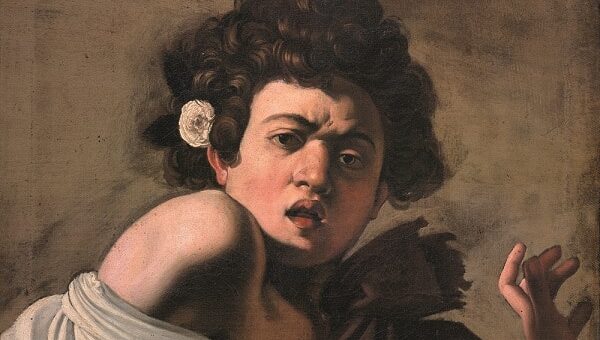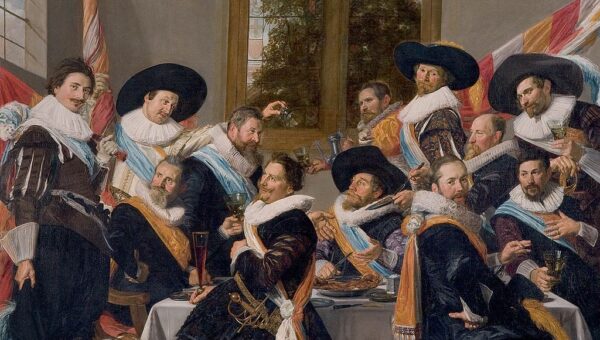
Best artists of all time: Johannes Vermeer (1632 - 1675)
The biography of the Dutch Golden Age artist, Johannes Vermeer, or, as he is usually referred to, Vermeer of Delft, was constantly having amendments made to it by his contemporaries. From the exact number of works the brilliant maestro produced, to the question of whether he even existed at all, the story of the artist’s life has constantly been amended and clarified, and became a subject of interests to art historians two centuries after Vermeer’s death. Prior to that, he had been forgotten, and the archives in Delft held all that is now commonly taken as read.
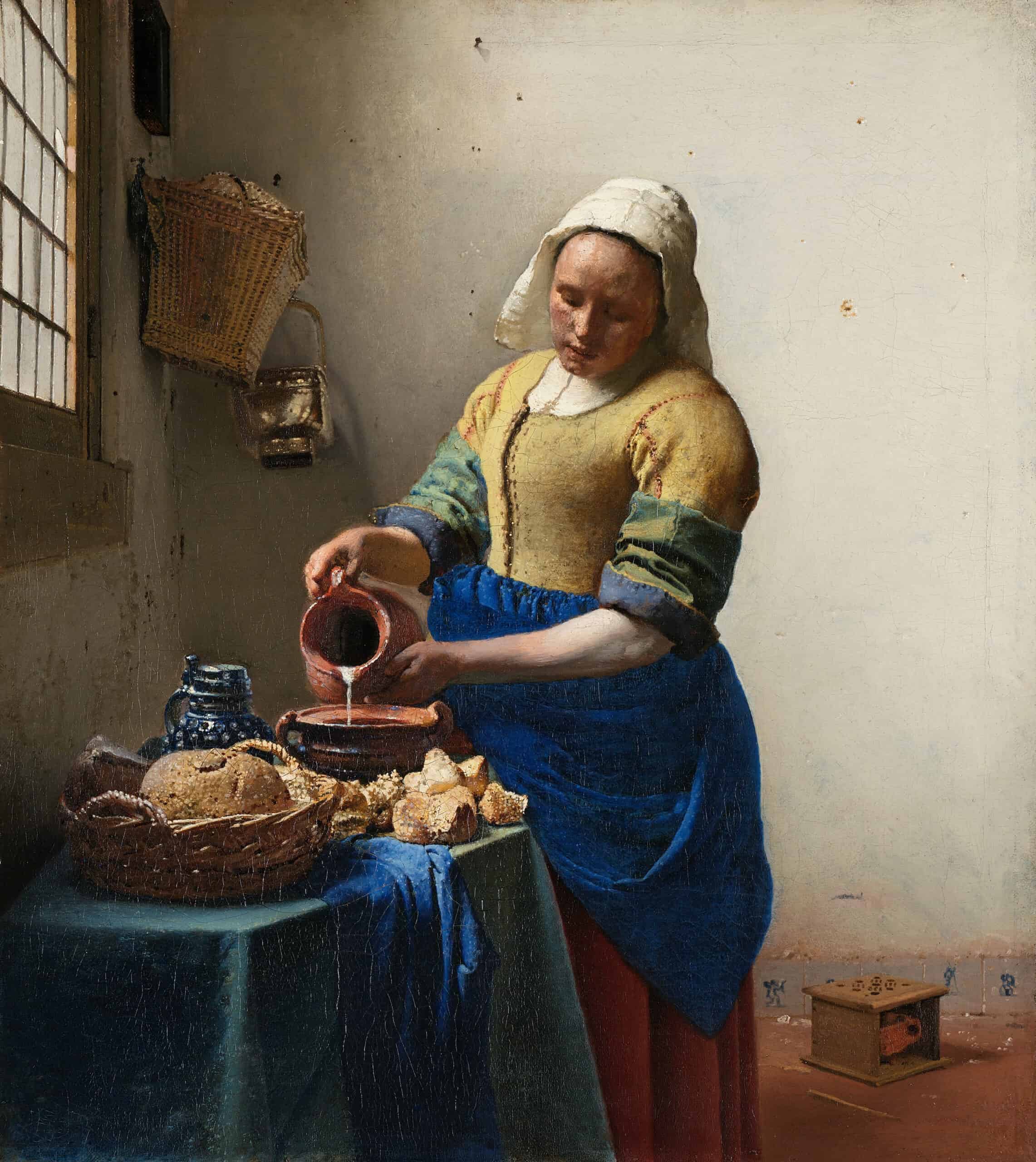
Johannes of Delft was born into the large family of an antiques merchant who also owned a fabric manufacturing business; the family had long yearned for a son, for the Vermeers had until then been well and truly dominated by females. The date usually cited as the future artist’s date of birth was in fact that of his baptism: 31 October 1632.
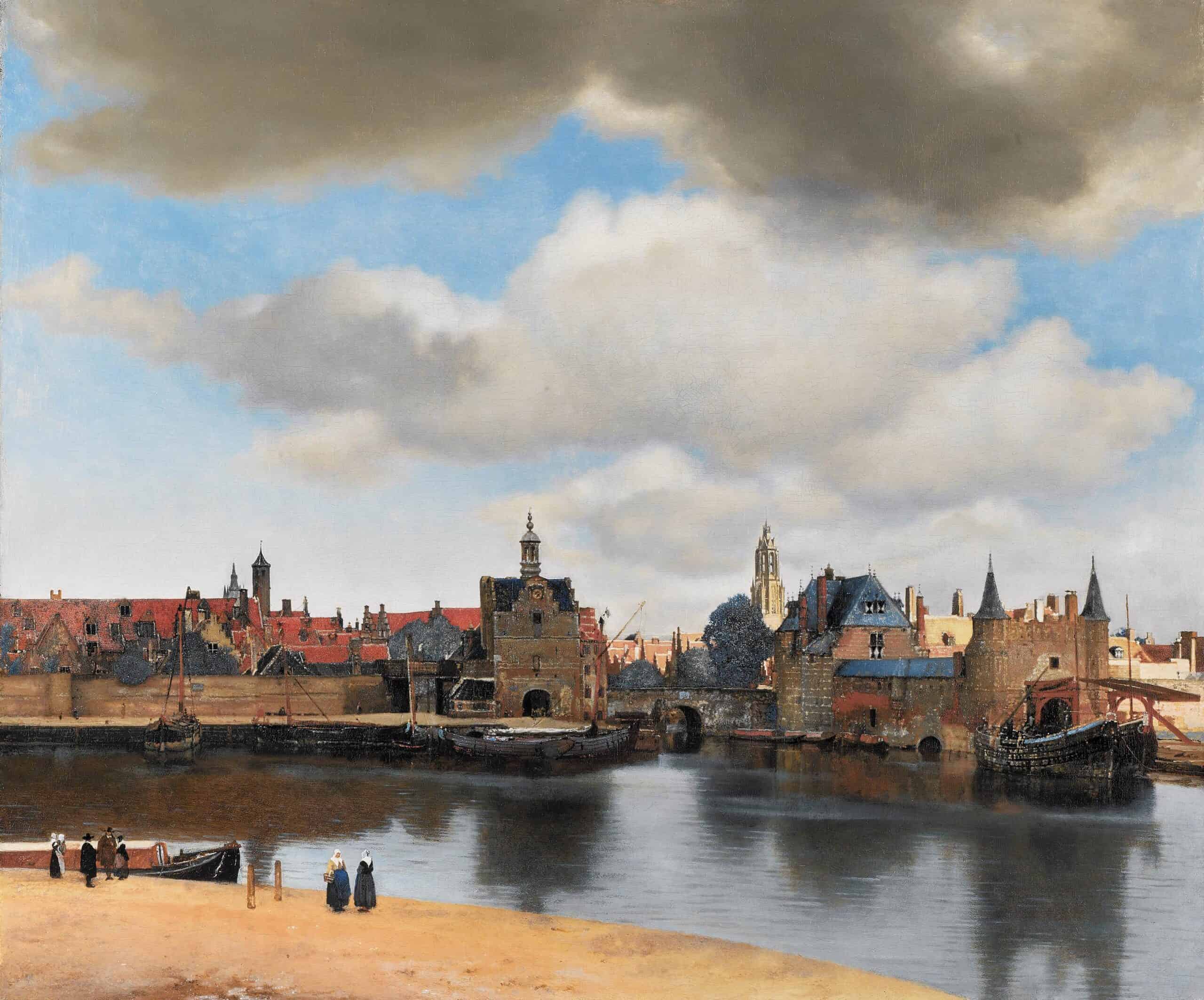
Thanks to his father’s business acumen and the prosperity the family enjoyed, the young boy enjoyed a wonderful education, including an education in art. At the end of December 1653, Vermeer became a member of the Guild of St Luke in his native town of Delft, after having spent six long years at painting school under a master. The sources suggest that the young boy’s master and teacher was none other than Leonart Breimer. The youngster did not have to pay any entrance fees. Painting not only brought satisfaction to Vermeer himself, but became the only way he could make a living after the death of his father in 1652, until he began helping his mother run the ‘Mechelen’ inn, which the Vermeers owned.
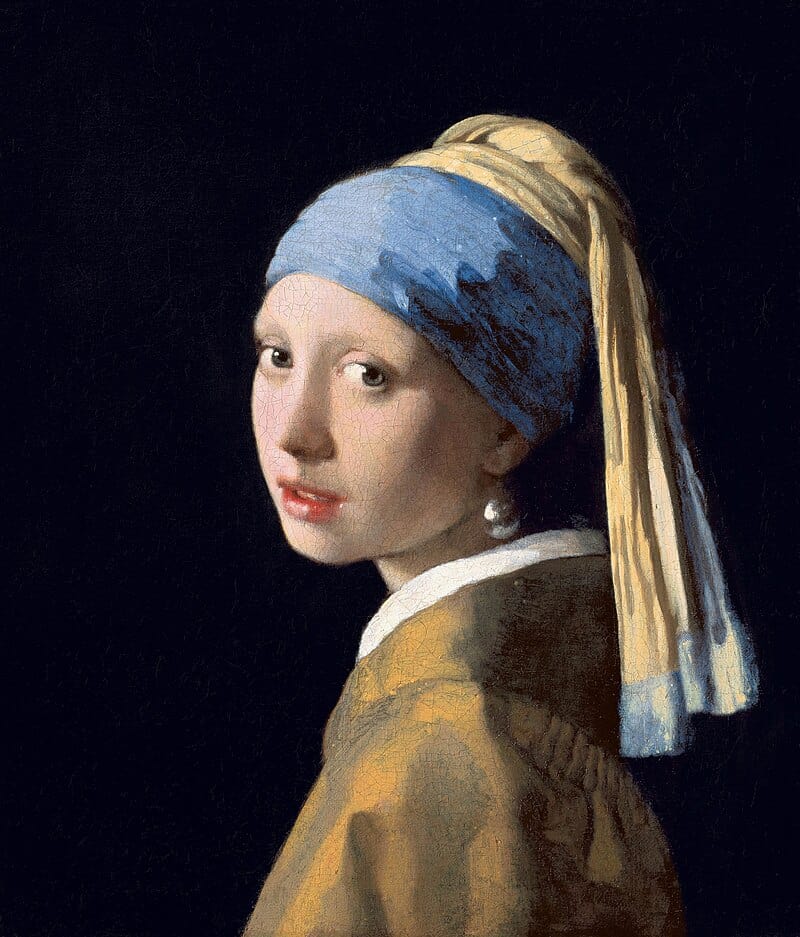
The subjects that Johannes chose to paint were scenes from domestic life and tended to inspire quiet contemplation and a sense of peacefulness in the viewer. An analysis of his works might well lead one to conclude that many of them were painted in the artist’s own home, or in the studio. Moreover, some of the canvases seemed to depict the interior of one particular room (Johannes Vermeer – Girl Reading a Letter by an Open Window – 1657, Milkmade – 1660, A lady and two cavaliers – 1659-1660 etc.), while others depicted the layout of another (The Music Lesson – 1662-1665, The Geographer – 1668-1669, The Astronomer – 1668-1669, etc.).
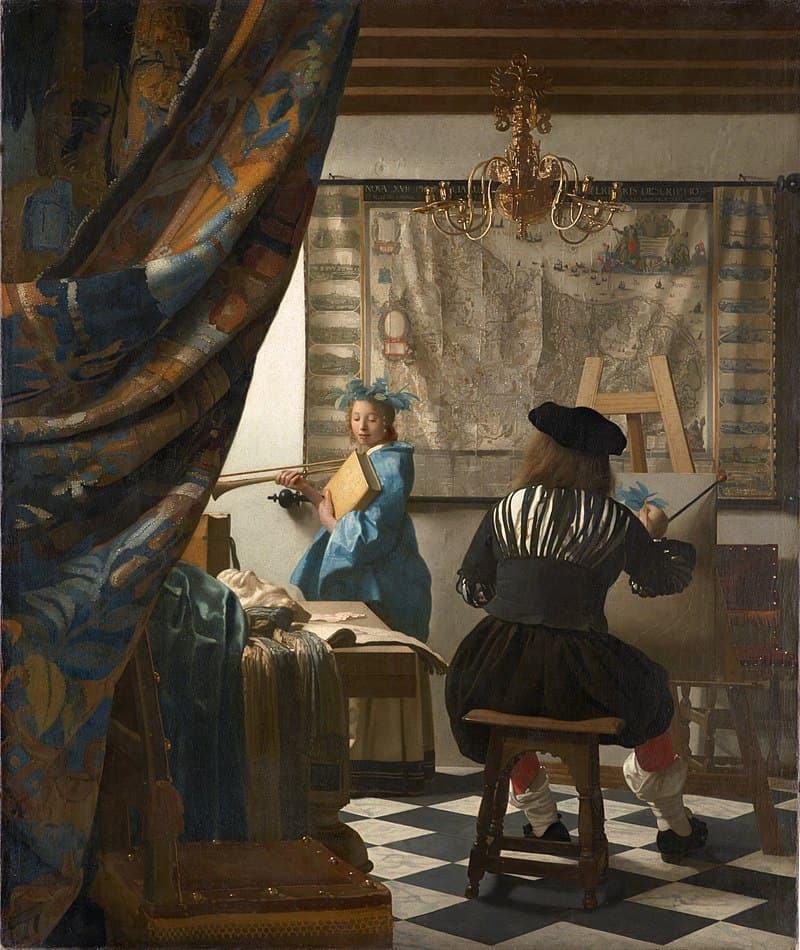
The windows are the same, the furniture is the same, so too is the floor… Despite the mundane nature of the scenes portrayed, his works sold well. However, Vermeer was unable to paint more than two or three paintings a year. The fact that his creative output was not particularly lucrative was compensated for by the income from the family business. Evidence of this is seen in the fact that after marrying a village girl named Catharina Bolnes, Vermeer had 15 children (four of whom died in infancy) and lived an affluent life. The wedding itself (on 20 April 1653) to his chosen one cost the artist quite a lot of effort. A potential hindrance to the marriage was the fact that they were of different faiths: he was a Protestant, she was a Catholic. The chief opponent to the union was the artist’s future mother-in-law, but she soon relented, and in 1660 the newlyweds moved into her house.
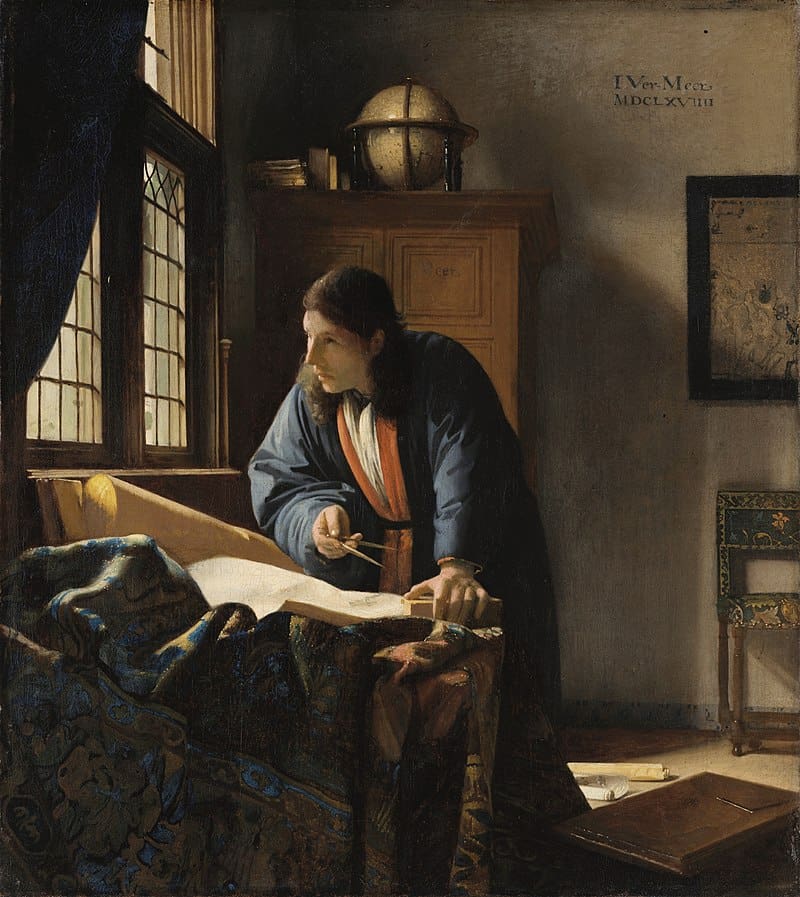
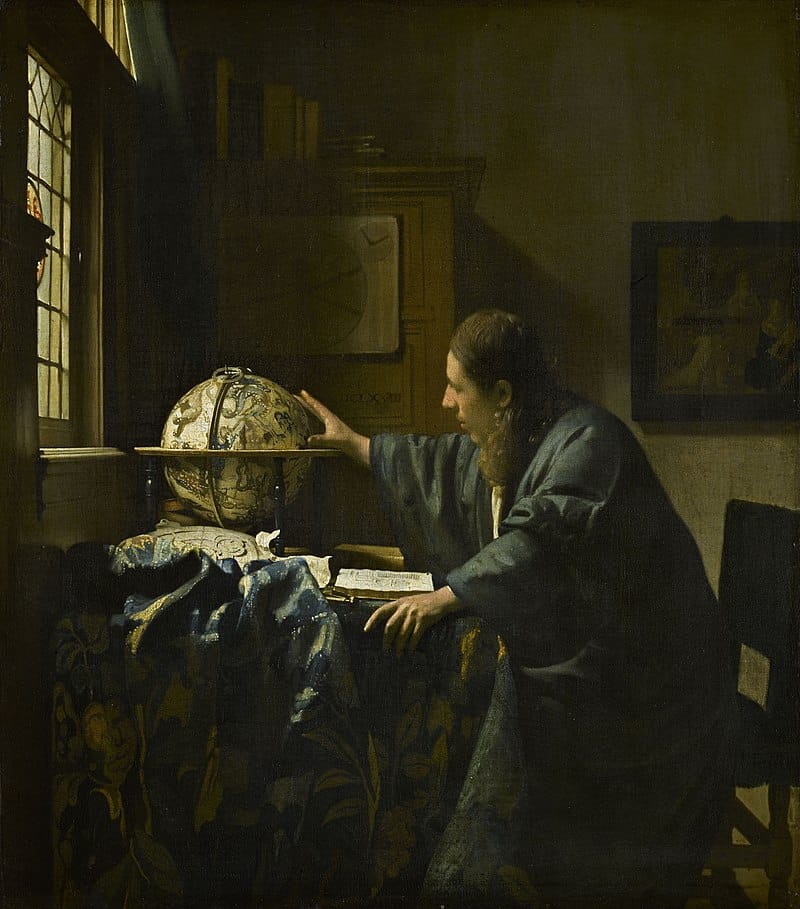
Throughout his life, the artist continued to paint paintings only rarely, and only when he received commissions from patrons. Vermeer always chose scenes from domestic life as his subjects, reflecting his positive feelings and appreciation of life in all its different shades and hues. Jan of Delft never skimped on light and air in his canvases. The use of lots of different colours was the master’s calling card (View of Delft – 1660 – 1661, The Allegory of painting – 1666 – 1667), and testified to his boldness and ability to experiment with the viewer’s feelings and with his own school.
In 1662, Vermeer became dean of the Guild, a post he held for 8 years. He had two patrons – the baker Hendrick van Buyten and Jacob Dissius, the owner of a printing workshop. Dissius, incidentally, had 19 paintings by the artist in his collection, either painted on commission or purchased once finished. Vermeer’s experience and talent enabled him to become an authoritative critic and expert in the world of art, and even gave him the ability to spot fakes and assess the true value of several collections. There was one significant “but” in his creative career, however: Vermeer never had any pupils, and so there was no-one to whom he could pass on his experience as the years took their inevitable toll on him.
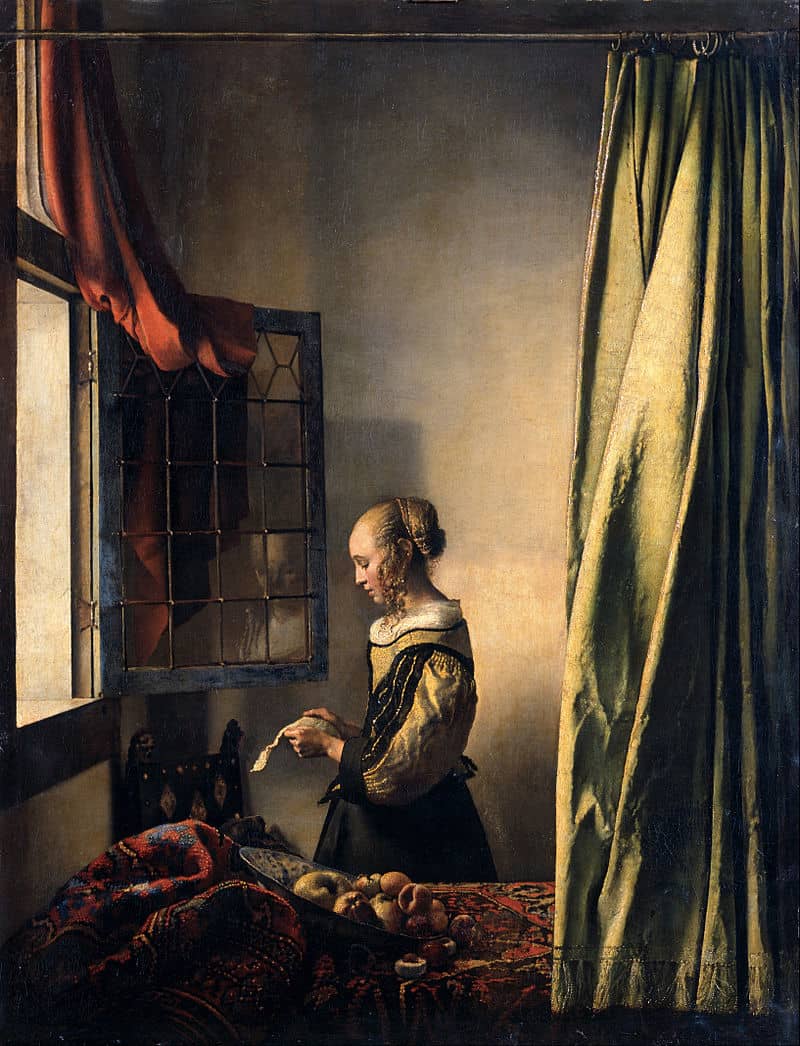
By the end of his life – and the master sadly died at just 41 after falling ill – Vermeer of Delft had lost both his former adroitness as an artist and his status. The modest income he made from paintings that he sold fairly cheaply meant that Johannes was forced to take out loans. The total value of the loans was so high that his widow, Catharina, was forced to sell all of her husband’s remaining canvases in order to pay them off.
On 15 December 1675, the artist was buried in Delft (in the family tomb at the “ “Oude Kerk” church). Interest in the great master’s creative oeuvre was reawakened in the 19th century, and his paintings, featuring beautifully dispersed light, and painted using a camera obscura, distorted mirrors and lenses, prompted the inventor Tim Jenison to spend five years conducting experiments aimed at recreating the unique approaches used in Vermeer’s art. The result of his research was a film that he dedicated to the Dutch Baroque age master in 2013.




